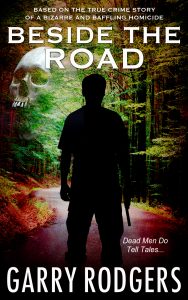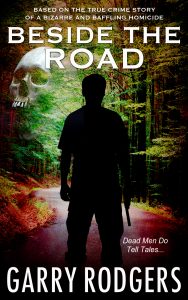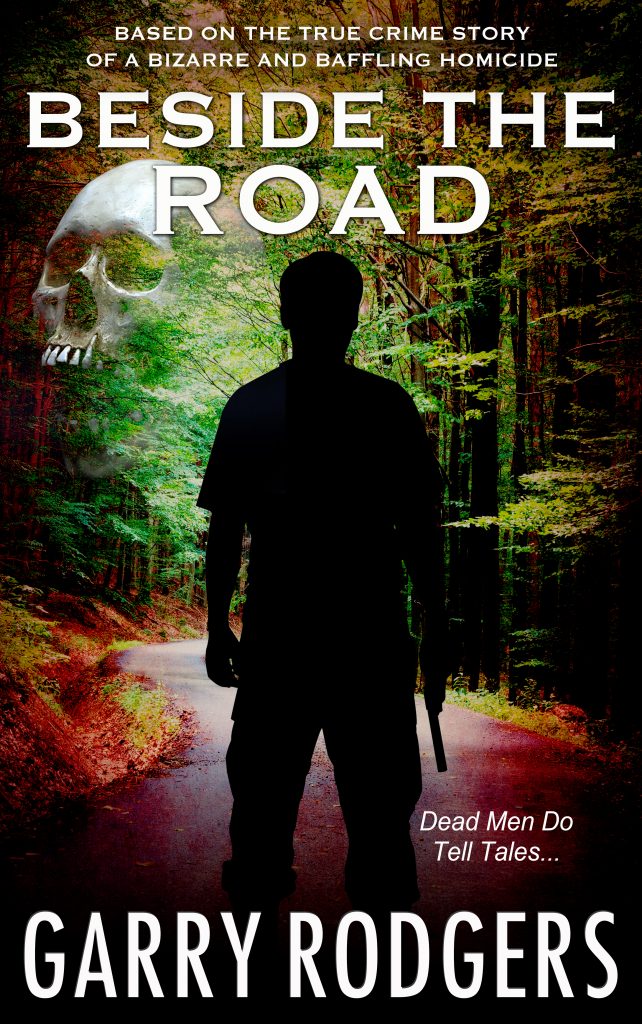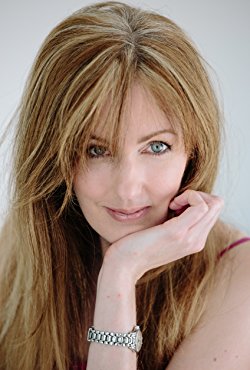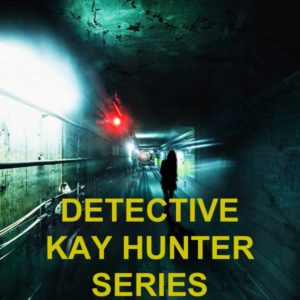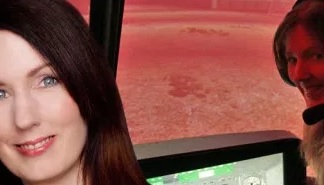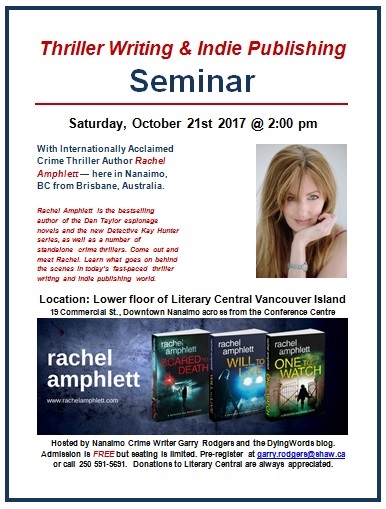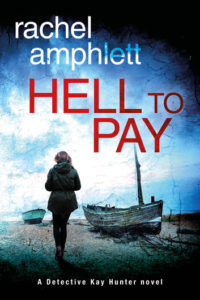 Well, that was quite the ride. 2020, I mean, not my old ’69 428 Super Cobra Jet Mustang that I seriously regret selling. (But that’s for another story.) This time last year, there was absolutely no way I’d have thought “new normal” would be wearing a surgical mask outside the autopsy suite, lining-up in the rain—six feet apart—to score a cheap box of white wine, and applying online for a haircut then shaggily waiting to hear if I won the barbershop lotto. Thankfully, 2020 was actually a very good year for me. I’ll tell you about it, and also wazzup up for Garry Rodgers writing in 2021.
Well, that was quite the ride. 2020, I mean, not my old ’69 428 Super Cobra Jet Mustang that I seriously regret selling. (But that’s for another story.) This time last year, there was absolutely no way I’d have thought “new normal” would be wearing a surgical mask outside the autopsy suite, lining-up in the rain—six feet apart—to score a cheap box of white wine, and applying online for a haircut then shaggily waiting to hear if I won the barbershop lotto. Thankfully, 2020 was actually a very good year for me. I’ll tell you about it, and also wazzup up for Garry Rodgers writing in 2021.
It was Monday, February 17th when I made the decision. The decision was committing to treat my book writing as a business, not a hobby. I’d been around the writing world for a while by then—going on ten years—and I’d written fourteen book publications, not to mention thousands of commercial web content pages, op eds & articles for online magazines, and blog posts.
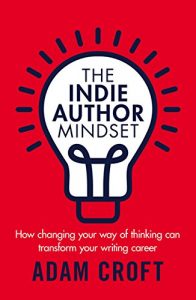 Something changed that Monday morning, and I have to thank my friend Adam Croft for changing me. Adam and I have been friends for as long as I’ve been writing. I say it was back before Adam was famous and I still had hair. His mentorship taught me to develop The Indie Author Mindset, and that took my writing world to an entirely new plane.
Something changed that Monday morning, and I have to thank my friend Adam Croft for changing me. Adam and I have been friends for as long as I’ve been writing. I say it was back before Adam was famous and I still had hair. His mentorship taught me to develop The Indie Author Mindset, and that took my writing world to an entirely new plane.
The indie author mindset is a mental state. It involves changing your thinking, and I guarantee it will change your writing career. Being in the right mind frame invigorates, energizes, and inspires you to believe in yourself, show up, and do the work.
The indie author mindset works so well that in 2020 (despite universal doom and gloom) I published six books not to mention carrying on with blog writing and try to figure out this thing they call marketing. One book was historical non-fiction (Sun Dance—Why Custer Really Lost the Battle of the Little Bighorn), one was self-help (Interconnect—Finding Your Place, Purpose, and Meaning in the Universe), and four were part of a based-on-true-crime series (From The Shadows, Beside The Road, On The Floor, and Between The Bikers).
My 2020 book sales exploded—literally. Not only did I produce more saleable products, I “went wide” by publishing on Kobo and Nook as well as still duke-ing it out on Amazon. I also began experimenting with pay-to-play advertising and tapping retailer support systems. This past year, I’ve had well over 20,000 eBook downloads in 56 different countries which definitely paid back. By some standards, that makes me an international bestselling author.
I’m fine with that. And I’m happy my website and personal blog here at DyingWords keep growing. I installed a stat counter on my site in April 2019 that shows 340,000 visitors since then. My mailing list of regular subscribers and followers also goes steadily up.
Print books, you ask? I only have one print publication out and that was my first crack at novel writing. I think No Witnesses To Nothing was my best effort and I’ve gone downhill from there, but that’s not what the stats say and I have to go by that. The problem I see with print books, as opposed to electronic ones, is the return on investment. Sure, it’s the same manuscript. However, there’s the cost of producing a back cover and spine which adds about $200 to the production overhead and that requires a lot of sales to pay off. Having said this, though, I do plan on putting the Based-On-True-Crime books out on paper via Ingram Spark.
What about audio books? That’s another income source to tap into, and it’s very tempting considering the big upswing in audio sales that occurred in the year of whose name shall not be spoken. But… audio books are even more expensive to put out considering the output requires a voice-over that can run 200 bucks an hour for professional results. One step at a time…
I had a real honor bestowed in June 2020, thanks to crime writer and crow lady, Sue Coletta. I was invited as a regular blog contributor on The Kill Zone. This is a popular site (One of Writers Digest Top 100s) composed of 11 top thriller and mystery writers who cover all aspects of that industry. TKZ posts range from helpful pieces on writing craft to hard reality in the publishing business.
A fun side project was helping a friend, Christine Orme, publish an illustrated children’s book titled We Need More Toilet Paper. This was timely and sent a positive message to youngsters bewildered by life changes caused by Covid regulations. I did the formatting while Sue Coletta, my BFF, helped with editing.
July brought a pleasant surprise. I planned a “stacked promotion” for In The Attic which is book number one in my based-on-true-crime series. “Stacked” simply means I placed multiple ads on different online book promotion sites. The result? In The Attic hit the #1 Bestseller spot on the overall Amazon Crime Thriller list. I framed the screenshot.
 Another venture was publishing a collection or boxed-set of books. I packaged In The Attic, Under The Ground, and From The Shadows into one eBook. Sales have been so-so, but it’s part of the long-term vision that makes the core of the indie author mindset.
Another venture was publishing a collection or boxed-set of books. I packaged In The Attic, Under The Ground, and From The Shadows into one eBook. Sales have been so-so, but it’s part of the long-term vision that makes the core of the indie author mindset.
My book business strategy involves having as many products available for sale as possible. My tactics are to increase my inventory (backlist) and speed up my delivery (new releases). For example, one eBook on Amazon is one product. An eBook with print and audio options are three products. Multiply that by a dozen titles, and now there are thirty-six products. Expand the distribution to five separate retail outlets (Amazon, Kobo, Nook, Apple, and Google) and this gives one hundred eighty individual products for consumers to choose from.
It’s a numbers game, and the key to financially succeeding is distributing decent products (i.e. marketable stories with proper editing and professional covers) as widely as possible in multiple formats. As preached in the indie author mindset, it’s all about getting your “ass in the chair and fingers on the keys”. That’s the focus for 2021.
My plans for this coming year are to release six more books in my based-on-true-crime series. The seventh one, Beyond The Limits, is nearly done and should be on the eShelves by mid-January. After that, there are five more planned to finish this series which is doable over twelve months.
The biggest new venture, however, is taking on a podcast. Podcasting is something I’ve been interested in for the past couple of years. This medium is not a sunset industry by any means, and the plan is to increase my writing exposure, or discovery, plus have some fun. I’ve spent the past month researching how successful podcasts are properly done, and I think I have a general handle on the technology.
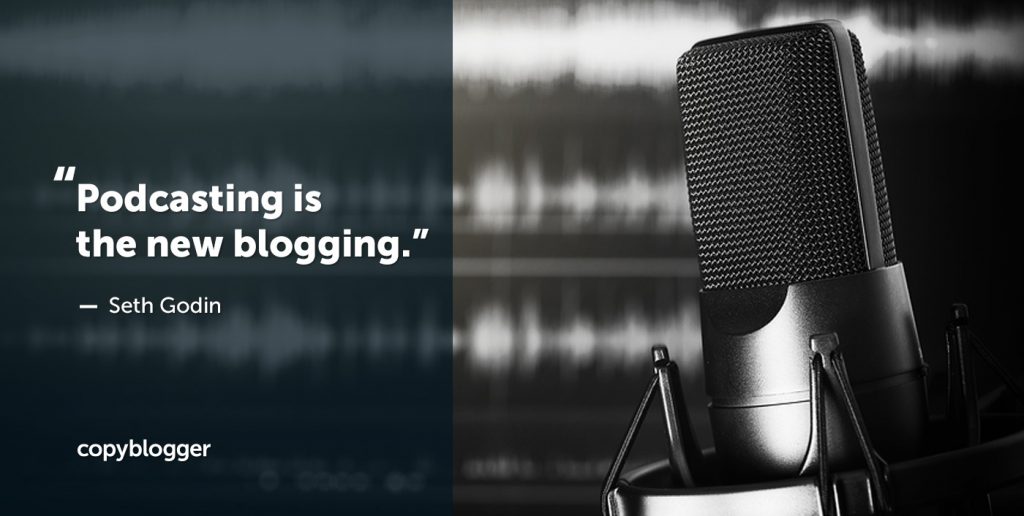 I don’t want to slip the bag off the cat or pull the sheep over your face. But, I’ll hint I’m going to co-host a program… PostMortemPod — Two Crime Writers Dissect Famous Murder Cases. And I’m not going to mention my BFF co-host’s name either unless she wants to leave it in the comments. What we’ll do is have video/audio chats trying to make sense out of high-profile homicide and suspicious death files like JonBenet Ramsey, Natalie Wood, and the Black Dalia. You never know… we might take on a serial killer or two.
I don’t want to slip the bag off the cat or pull the sheep over your face. But, I’ll hint I’m going to co-host a program… PostMortemPod — Two Crime Writers Dissect Famous Murder Cases. And I’m not going to mention my BFF co-host’s name either unless she wants to leave it in the comments. What we’ll do is have video/audio chats trying to make sense out of high-profile homicide and suspicious death files like JonBenet Ramsey, Natalie Wood, and the Black Dalia. You never know… we might take on a serial killer or two.
That’s an ambitious agenda, I know. However, it’s work I love doing, and this writing gig is not just a job for me. It’s my life. It’s what I do. I also love reading and learning new things which I did a lot of in 2020. My vocabulary extended to new Caronacoinage words and phrases like Covidiot, Doomscrolling, Quazz, Sanny, Miss Rona, Social Distancing, Coronacoaster, Locktail Hour, Flatten The Curve, Miley Virus, Liquor-Lockdown, Isobar, Isodesk, Blursday, Zoombombing, WFH, Healthcare Hero, Quarrantini, and this beaut from an Aussie, “Strewth mate, the Rona bought out all the Bogan magpies, so I cracked the shits and opened a coldie”.
Thanks to everyone for supporting my work. Thank you. I truly appreciate hearing from you regardless if comments are good, bad, up, or down. That’s how life goes, and I hope your life in 2021 is full of goods and ups!


